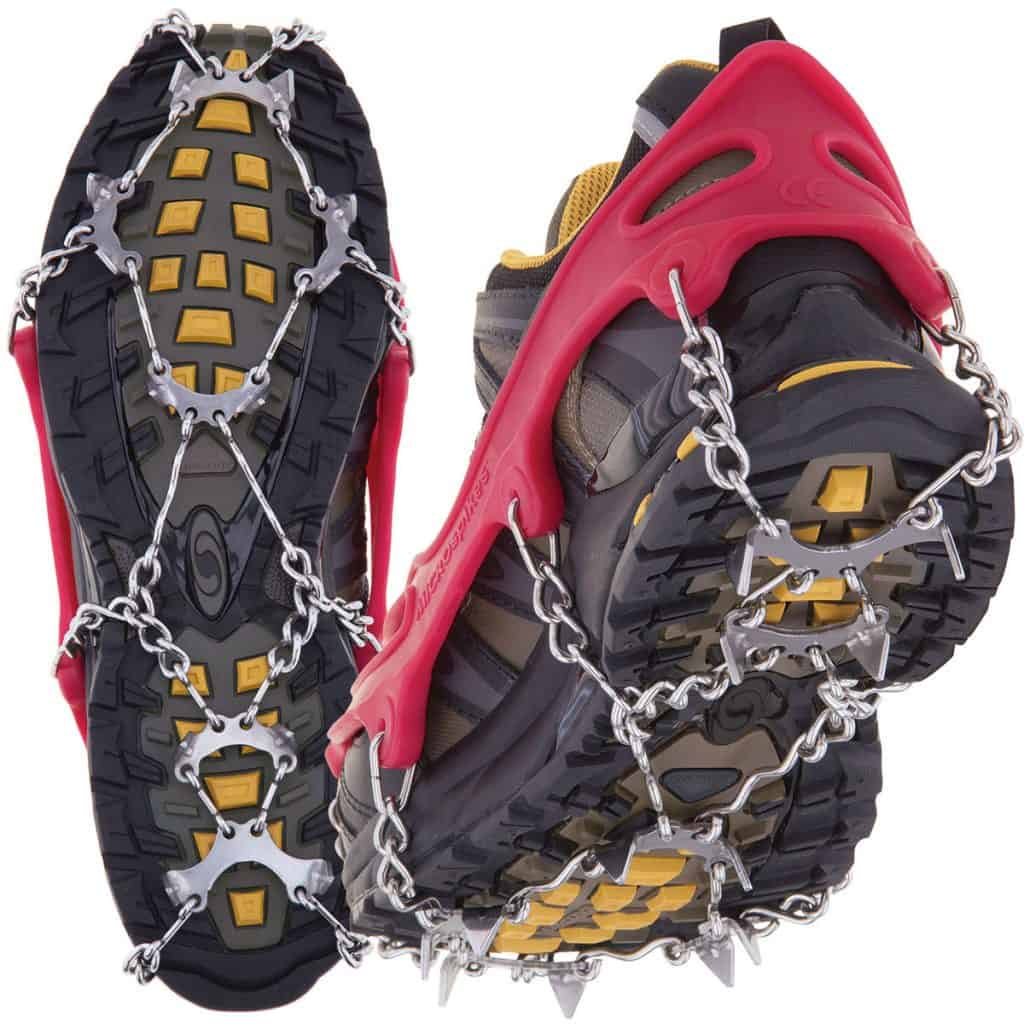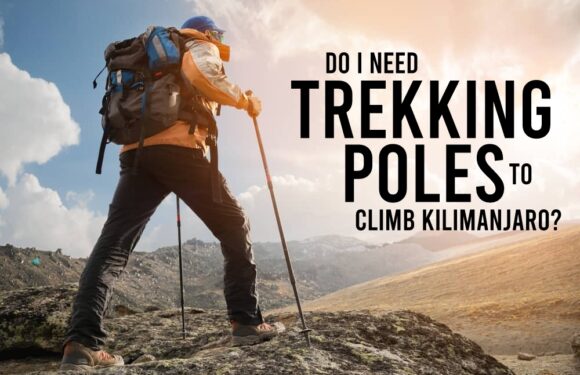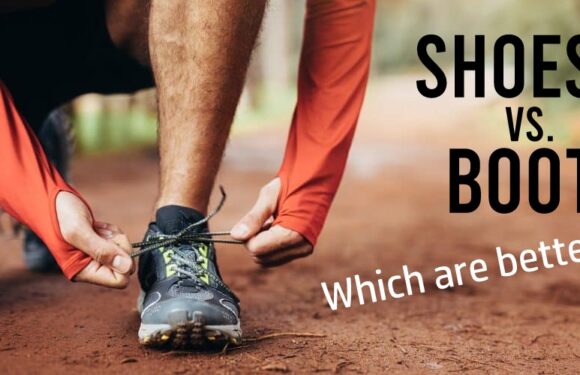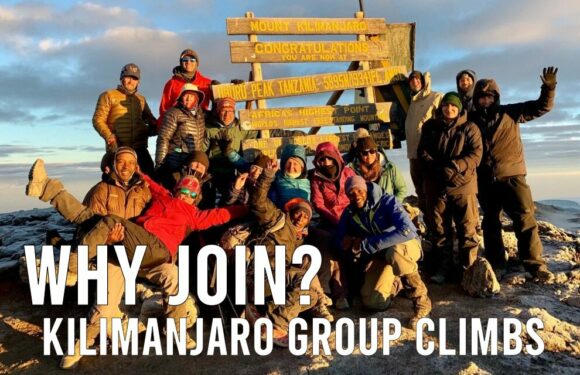
Generally, climbing Kilimanjaro does not require any technical equipment including crampons or microspikes. The hike can be done completely wearing trail shoes or boots with no footwear attachments on nearly all routes at all times.

However there are special periods when the mountain receives an excessive amount of ice near the summit. The ice can form in places below the crater rim and around the summit – from Gilman’s Point (18,600 feet) and Stella Point (18,885 feet) up to Uhuru Point (19,340 feet).
When this occurs, for the safety of all climbers, visitors should bring a footwear device to gain traction and prevent slipping on the ice.
Microspikes
Microspikes (also called micro-crampons or traction cleats) utilize a network of spikes and chains to bite into frozen terrain. The spikes are connected to chains and an elastic harness. The top part of a microspike stretches over hiking shoes or boots and secures the device in place. These are available from Katoola for $70.

Crampons
A crampon is a similar but more serious type of traction device. It also has metal teeth that bite onto the ice to generate traction. However, the points are much longer, sharper and sturdier than those on a microspike. Crampons are what are used by mountaineers on snowy, icy alpine peaks. Petzl makes a variety of crampons.

Microspikes are recommended over crampons for use on Kilimanjaro.
We at Ultimate Kilimanjaro® monitor the icy conditions on the mountain to ascertain when microspikes are required. As stated above, it is very unusual occurrence. Microspikes were only required during two time periods since we began operating.
You can assume that you will not need crampons or microspikes for your climb. We will let you know if trail conditions require you to bring them. If you have any questions on whether you will need traction device footwear, please contact us.




























































